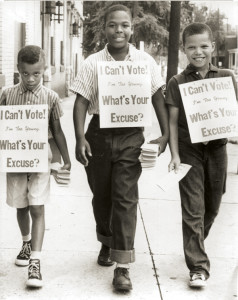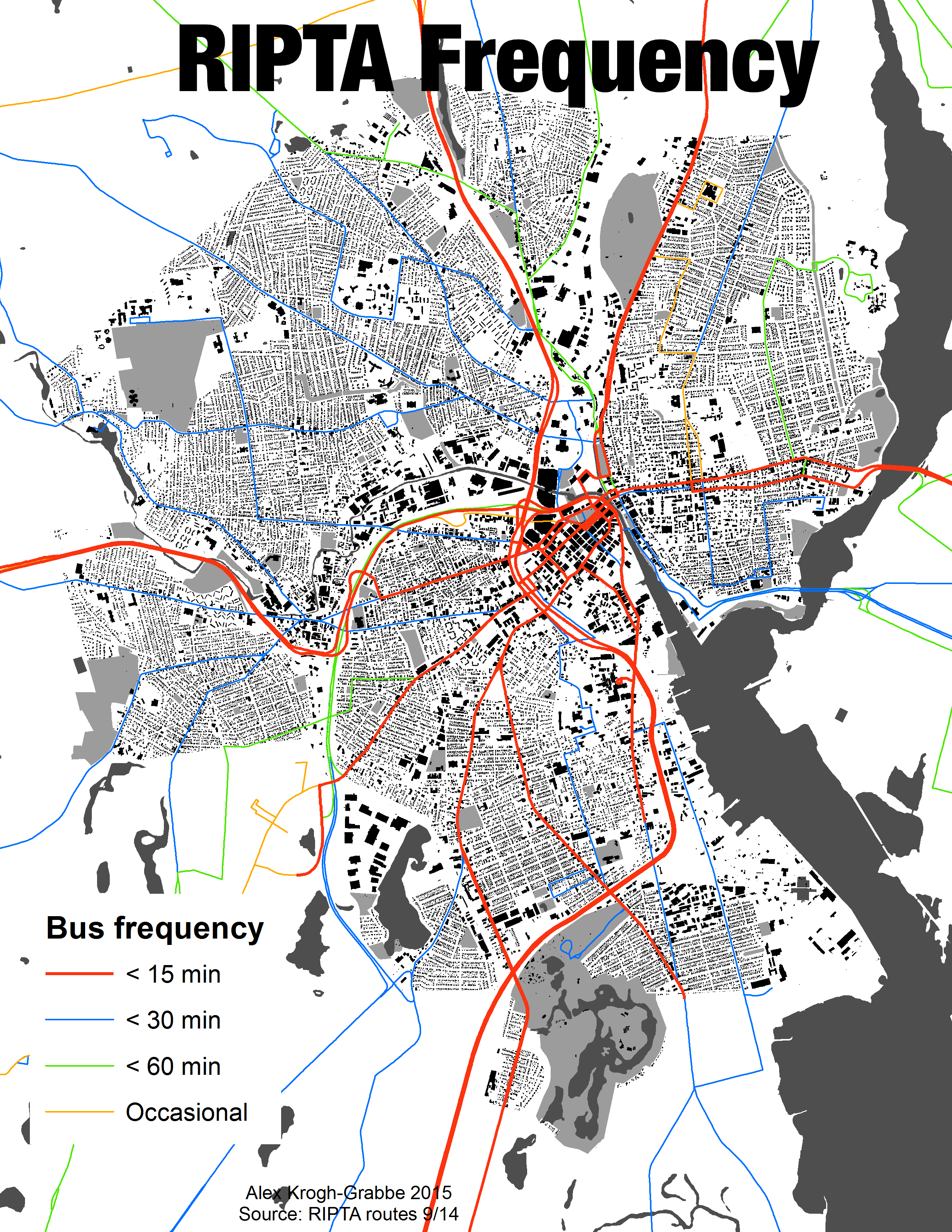 It’s 50 years since two game-changing acts of Congress, the Civil Rights Act of 1964 and the Voting Rights Act of 1965. Fifty years is not so long ago, especially when it’s still necessary to march in the streets to say that Black Lives Matter.
It’s 50 years since two game-changing acts of Congress, the Civil Rights Act of 1964 and the Voting Rights Act of 1965. Fifty years is not so long ago, especially when it’s still necessary to march in the streets to say that Black Lives Matter.
The movie, Selma, was years in the making and no one involved in this labor of love could anticipate its release in the wake of a series of shootings of Black men and women that expose a broken justice system and persistence of racism.
It was not easy to watch a recreation of what was a far from simpler time. The screening and discussion organized by The NAACP Providence Branch & the National Coalition of 100 Black Women was a welcome opportunity to watch it in good company.
First impression was that about 250 Rhode Islanders were up for coming to the Mall to watch a difficult film on a cold Saturday morning, including about 100 high school students. I worried we wouldn’t get a seat, but everyone did. It seems so wrong that when you buy a movie ticket now they show commercials on the big screen. We endured commercials and a preview of some comedy adventure full of explosions and shooting.
Selma has enough of that. After a quiet moment with Martin and Coretta King preparing for the Nobel Peace Prize ceremony the bombing of the 16th Street Baptist Church is mercilessly recreated. Denise McNair, Carole Robertson, Addie Mae Collins, Cynthia Wesley killed and many others injured and bereaved.
This is a kind of film violence that goes deeply against the grain of American culture. Unlike the guns and bombs in the previews and posters in the lobby, the guns in Selma shoot actors who play ordinary people, and the mourning of families, like the mother and grandfather of Jimmie Lee Jackson, is given full respect. When the actor playing James Reeb came on screen I felt pride and dread. Pride that a Unitarian minister was there on the front lines, and dread because I knew Rev. Reeb died in a vicious racist beating.
What was it all for? From the opening scene where Annie Lee Cooper is cheated and humiliated when she tries to register at the courthouse, to Martin Luther King and Lyndon Baines Johnson facing off in the Oval Office about whether Black America can wait any longer the right to vote is central. This is why the Civil Rights workers put their lives on the line on the Edmund Pettis Bridge.
After the film ended the audience sat through the credits and almost all stayed for the discussion. Some who spoke were veterans of the Civil Rights Movement. Amanda Milkovits covered it well in The Providence Journal. Like Rose Weaver said, “voting is everything.”
Selma shows just some of what it took to claim that right, and has a message when that right is again challenged.
Photo from ByTheirStrangeFruit via Google Images.





